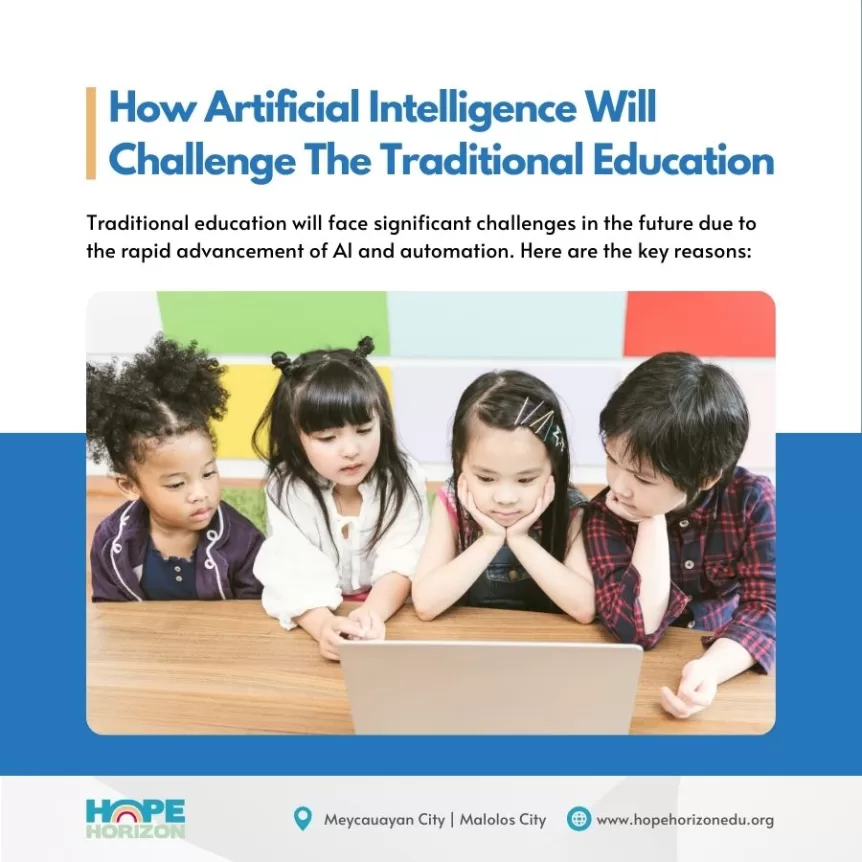Traditional education models are facing increasing challenges that will only intensify in the years to come. Here are three key reasons why traditional education will struggle in the future:
Lack of Engagement and Relevance
The traditional lecture-based, one-size-fits-all approach to education is becoming increasingly disconnected from the needs and learning styles of modern students. Today’s students have grown up in a digital world and expect more interactive, personalized, and engaging learning experiences.[1] The rigid curriculum and passive learning in traditional classrooms often fails to capture students’ attention or demonstrate the real-world relevance of the material.[2]
Inflexibility and Inability to Adapt
Traditional education systems are notoriously slow to evolve and adapt to changing societal and technological trends. The standardized curriculum and teaching methods struggle to keep pace with the rapid changes in the job market, technological advancements, and the evolving skill sets required for success.[3] This inflexibility leaves students ill-prepared for the dynamic future they will face.
Inequitable Access and Outcomes
The one-size-fits-all approach of traditional education often fails to account for the diverse learning needs and backgrounds of students. This can lead to significant disparities in educational outcomes, with certain demographics consistently underperforming.[4] Additionally, traditional schools may lack the resources and funding to provide equitable access to quality education, especially in underprivileged communities.
Tips to Improve the School System
- Embrace Personalized and Adaptive Learning: Implement teaching methods and technologies that can tailor the curriculum and learning pace to the individual needs and preferences of each student. This helps keep students engaged and ensures they are acquiring the skills and knowledge most relevant to their goals.[1]
- Foster Interdisciplinary and Project-Based Learning: Move away from siloed subject areas and instead encourage students to tackle real-world problems that require the application of knowledge and skills across multiple disciplines. This prepares them for the complex, interconnected challenges they will face in the future.[2]
- Strengthen Partnerships with Industry and Community: Forge stronger connections between schools, local businesses, and community organizations. This can provide students with more authentic learning experiences, access to cutting-edge technologies, and clearer pathways to future careers.[3]
By addressing these challenges and implementing these improvements, traditional education systems can better equip students with the skills, knowledge, and adaptability needed to thrive in the rapidly evolving future.
Citations:
[1] https://www.linkedin.com/pulse/5-reasons-why-traditional-education-doesnt-work-todays-students-
[2] https://www.roxanamurariu.com/adapting-traditional-education-to-meet-future-challenges/
[3] https://trivium21c.com/2017/04/22/the-problems-with-traditional-education/
[4] https://www.deccanherald.com/education/the-future-of-traditional-classroom-learning-847942.html
[5] https://www.linkedin.com/pulse/traditional-education-challenges-metavityofficial

